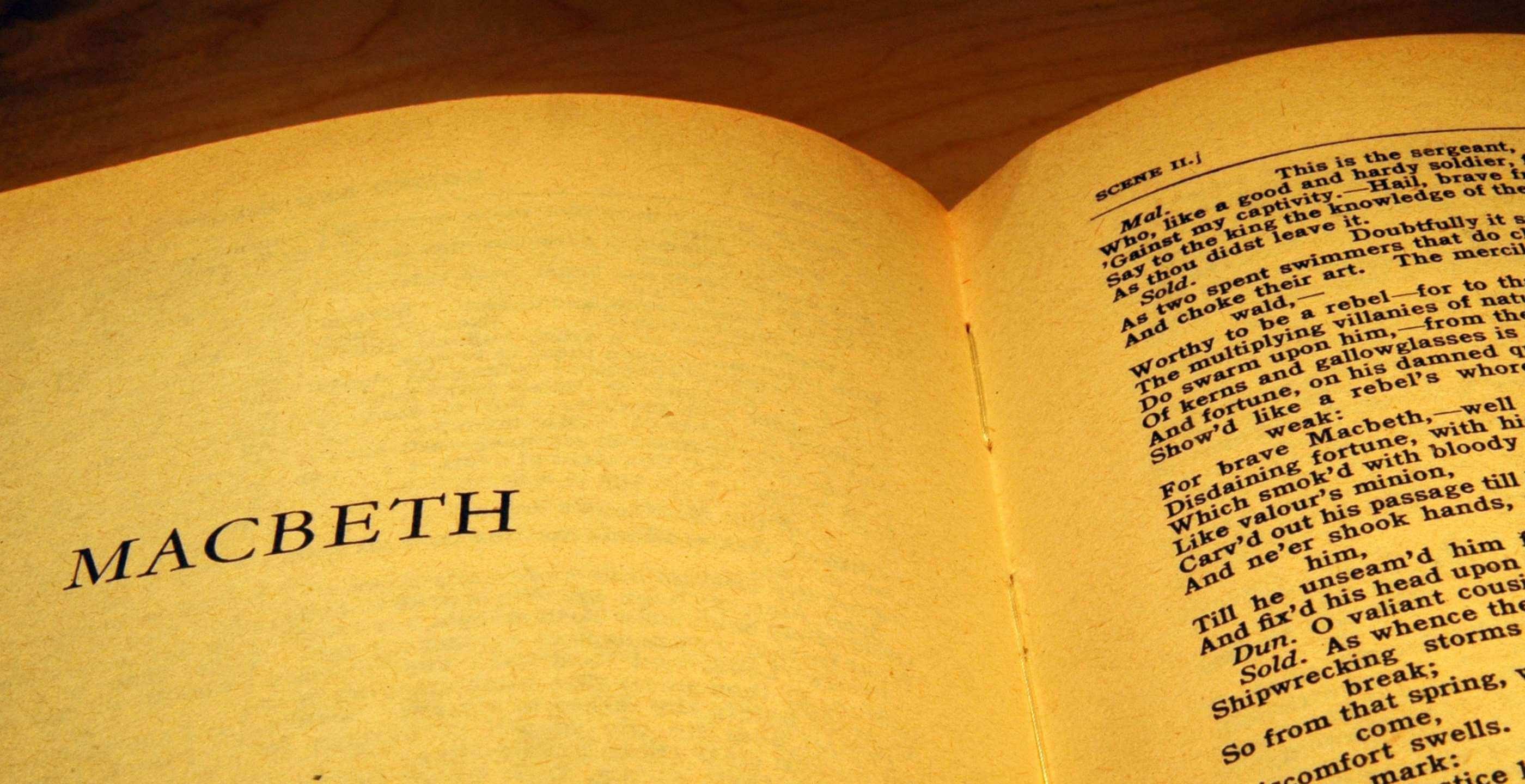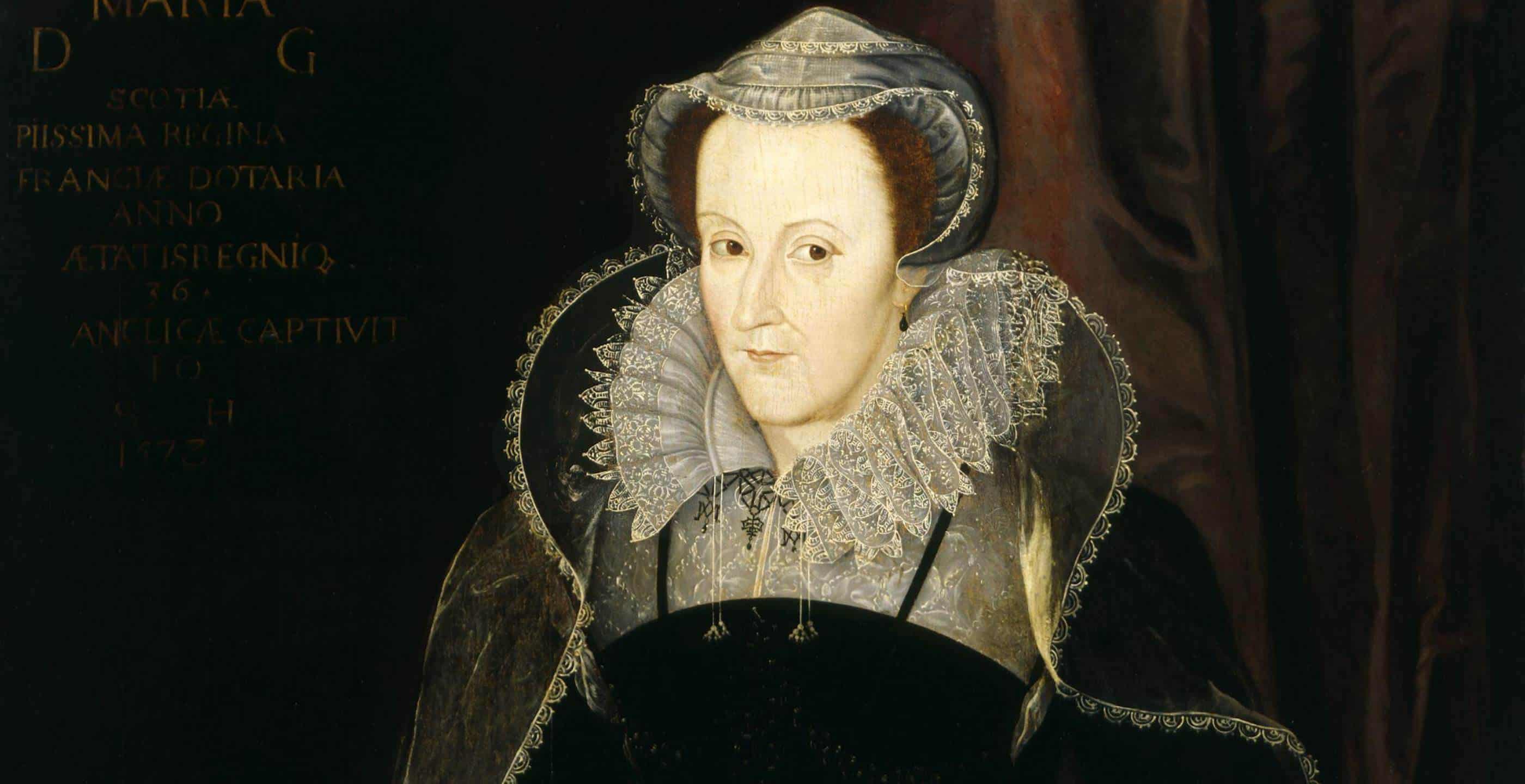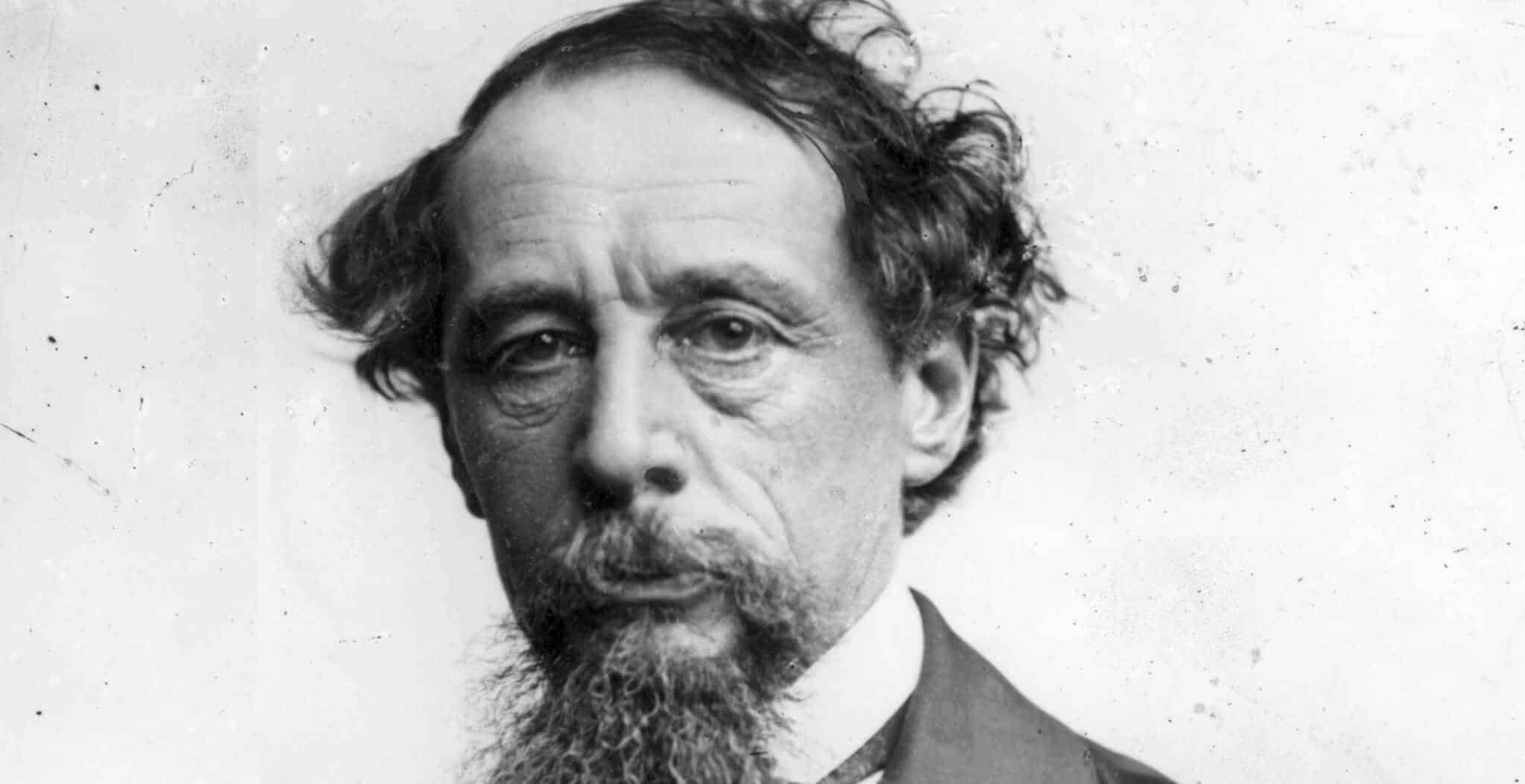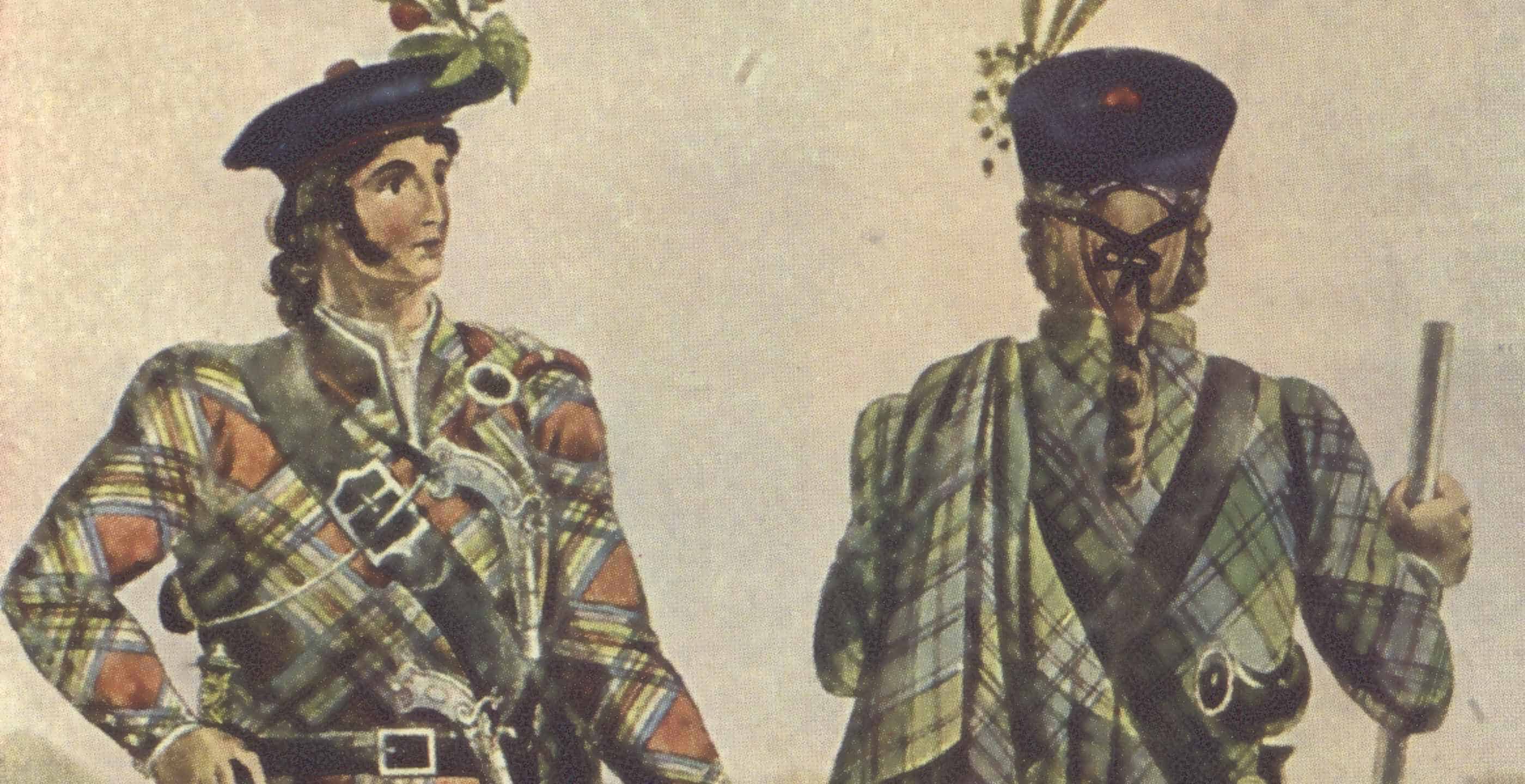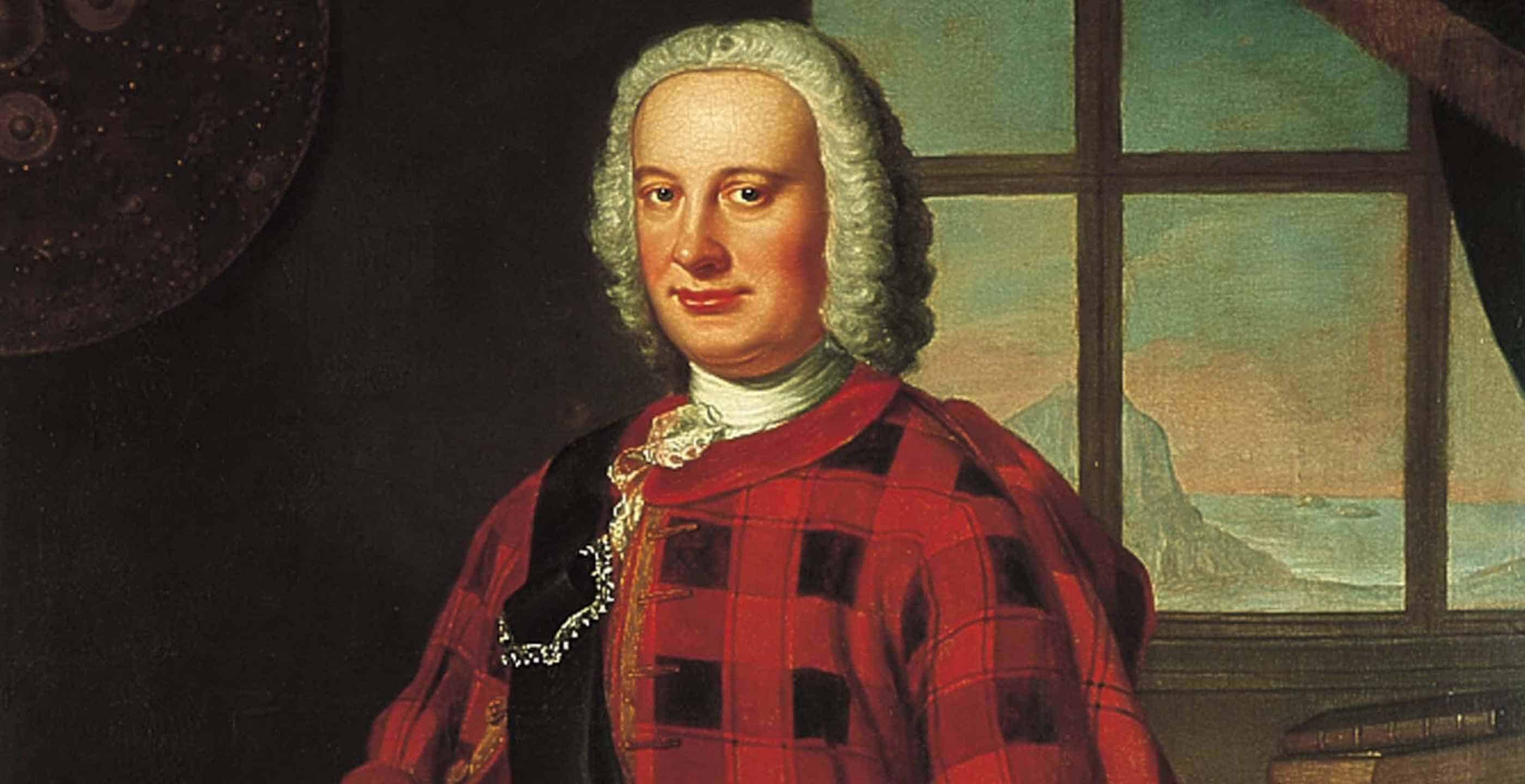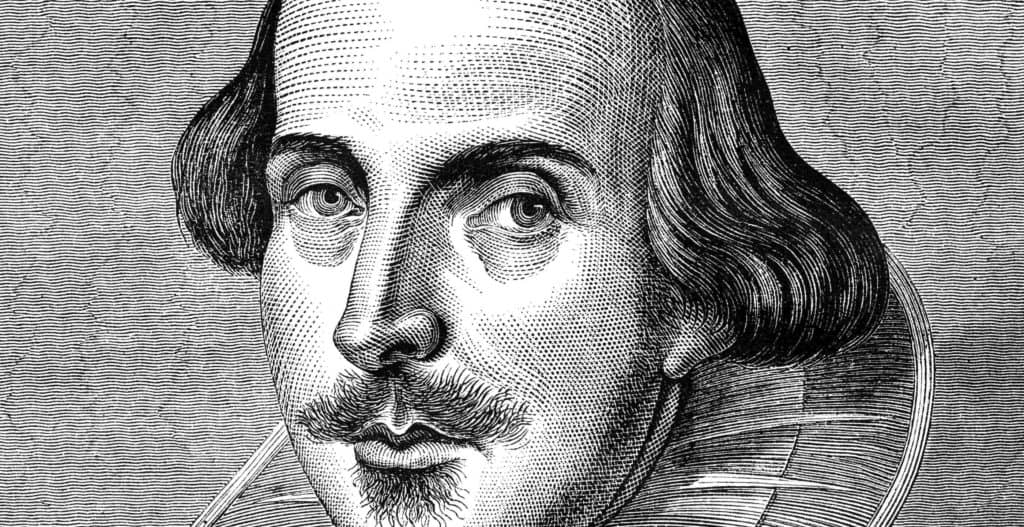Duncan and MacBeth – famous names thanks to Shakespeare and the Scottish Play, ‘Macbeth’. But how historically accurate is Shakespeare’s story, if at all?
For centuries, the clans had been waging war on each other. Viking warriors had been raiding the coasts of Scotland. King Malcolm of Scotia, king of the Scots and Picts, routed the Angles of Lothian in the Battle of Carham in 1018 and became the most powerful man in Scotland.
When King Owen of the Britons of Strathclyde died later that year without issue, Duncan (Malcolm’s grandson) became the rightful heir through marriage. Malcolm was therefore able to unite the Four Kingdoms of Scotland under one throne. Scotland in the early 11th century had finally become a single nation.
Duncan – King of Scotland 1034 – 40
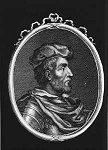 Duncan became King of Scotland upon the death of Malcolm in 1034. He was a much weaker character than Malcolm and a terrible leader. He led a disastrous campaign into Northumbria and was forced to retreat ignominiously back to Scotland.
Duncan became King of Scotland upon the death of Malcolm in 1034. He was a much weaker character than Malcolm and a terrible leader. He led a disastrous campaign into Northumbria and was forced to retreat ignominiously back to Scotland.
His cousin MacBeth, chief of the northern Scots, also had a claim to the throne through his mother. MacBeth formed an alliance with his cousin the Earl of Orkney, and they defeated and killed Duncan near Elgin in 1040.
MacBeth – King of Scotland 1040 – 57
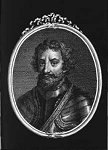 Mac Bethad mac Findláich or MacBeth as he is known in English, the Mormaer of Moray, claimed the throne on his own behalf and that of his wife Grauch, and after the death of Duncan made himself king in his place. Respected for his strong leadership qualities, MacBeth was a wise king who ruled successfully for 17 years. He lived in a fortified castle at Dunsinane north of Perth. His rule was secure enough for him to go on a pilgrimage to Rome in 1050. However the peace was not to last: Duncan’s son Malcolm had fled to Northumbria after the defeat of his father and had never given up his claim to the throne. In 1054 with the support of Earl Siward, he led an army against MacBeth, defeating him at the battle of Dunsinnan. MacBeth remained king, restoring Malcolm’s lands to him. But in 1057 at Lumphanan in Aberdeenshire on 15th August, MacBeth was finally defeated and killed and Malcolm became King.
Mac Bethad mac Findláich or MacBeth as he is known in English, the Mormaer of Moray, claimed the throne on his own behalf and that of his wife Grauch, and after the death of Duncan made himself king in his place. Respected for his strong leadership qualities, MacBeth was a wise king who ruled successfully for 17 years. He lived in a fortified castle at Dunsinane north of Perth. His rule was secure enough for him to go on a pilgrimage to Rome in 1050. However the peace was not to last: Duncan’s son Malcolm had fled to Northumbria after the defeat of his father and had never given up his claim to the throne. In 1054 with the support of Earl Siward, he led an army against MacBeth, defeating him at the battle of Dunsinnan. MacBeth remained king, restoring Malcolm’s lands to him. But in 1057 at Lumphanan in Aberdeenshire on 15th August, MacBeth was finally defeated and killed and Malcolm became King.
Shakespeare’s ‘Macbeth’
Shakespeare’s ‘Macbeth’, written nearly 400 years ago, is widely accepted as one of his great tragedies and rated alongside ‘Hamlet’, ‘King Lear’ and ‘Julius Caesar’. But how historically correct is it?
It is generally accepted that Shakespeare wrote the play sometime between 1604 and 1606, when there was a new king on the throne, King James I and VI of Scotland. Shakespeare would have gained approval for a Scottish play from the new King. Especially one with witches in it, for it was well known that the King was interested in witches, witchcraft and the supernatural (in 1597 James had written a book on spirits and witchcraft called ‘Daemononlogie’).
Shakespeare appears to deliberately mix fact and fiction in the play. Apparently using Holinshed’s ‘Chronicles of England, Scotland and Ireland’ (1587) as his source, Shakespeare sets the battle between Duncan and MacBeth in 1040 at Birnam Hill in Perthshire, rather than near Elgin where it actually took place. In the play MacBeth dies at Dunsinane whereas in reality it was at Lumphanan where he was defeated and killed in 1057.
Shakespeare’s play takes place over a year whereas in reality, MacBeth ruled for 17 years.
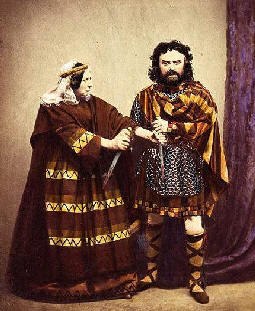
Charles Kean and his wife as Macbeth and Lady Macbeth, in costumes aiming to be historically accurate (1858)
As for the personalities of the two main characters, Duncan and MacBeth, again Shakespeare’s portrayal is not historically correct. In the play Duncan is portrayed as a strong, wise and elderly king whereas in reality he was a young, weak and ineffective ruler. Shakespeare’s Macbeth has virtually no legitimate claim to the throne whereas the real MacBeth had a respectable claim through his mother’s side – indeed both MacBeth and his wife were descended from Kenneth MacAlpin. Shakespeare also gives MacBeth the title ‘Thane of Glamis’ but in fact Glamis was not known as a thanage in the 11th century.
In Shakespeare’s play, MacBeth’s friend Banquo is shown as a noble and loyal man, resisting evil, a contrast to the character of Macbeth. In Holinshed’s ‘Chronicles’ however, Banquo is shown as exactly the opposite: he is an accomplice in MacBeth’s murder of Duncan. The new king, James I and VI of Scotland, claimed ancestry from Banquo through the Stewart line of kings. To have shown Banquo as a murderer of kings would not have pleased James! Indeed there is debate as to whether or not Banquo actually existed at all in history.
All in all, the confusing mix of fact and fiction which runs through the play is bewildering.
However it has to be asked – who, outside of Scotland, would have heard of these two Scottish kings had it not been for Shakespeare and the ‘Scottish Play’?
Published: 30th December 2016.
